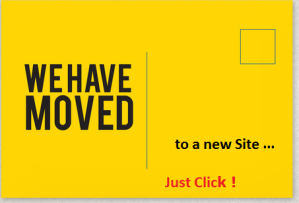These tools can both generate and organize leads so you can turn prospects into profits.
Sure, you have sales leads. But to turn them into actual revenue, you need to efficiently manage them and develop relationships. That means separating real prospects from duds, organizing all the data and tracking your key leads on a regular basis.
Sales management apps such as San Francisco-based Salesforce.com, Cupertino, Calif.-based SugarCRM or Bellevue, Wash.-based Smartsheet Sales Pipeline attempt to streamline this, but deploying a big brand-name customer relationship management (CRM) tool can be overwhelming as a first step to developing and using sales leads more efficiently.
See on www.entrepreneur.com










You must be logged in to post a comment.